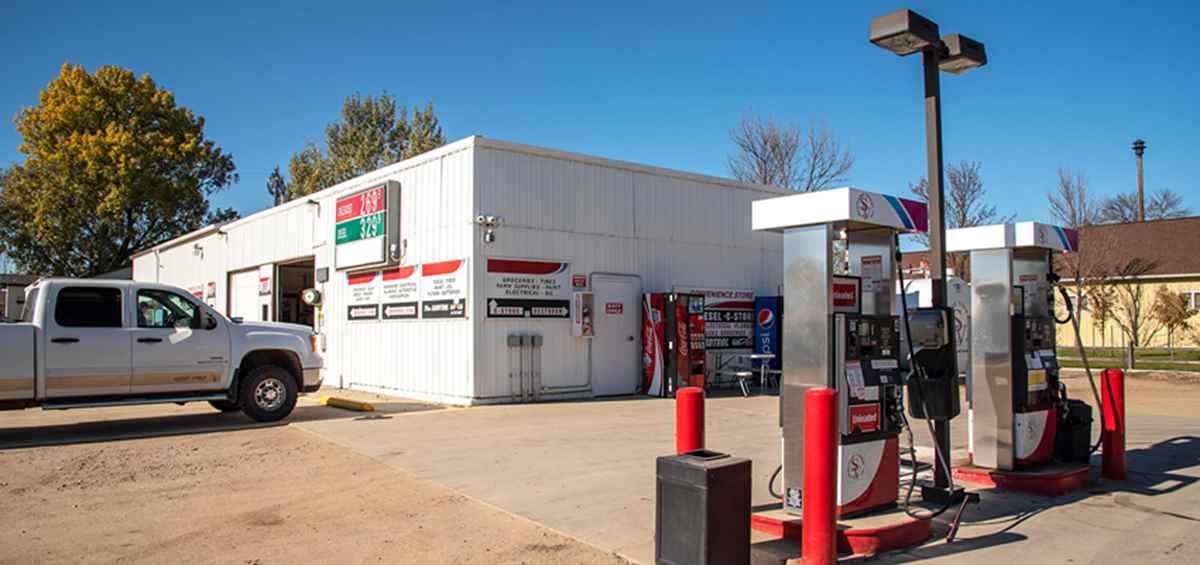
If you want to learn more about the different types of fuels and what they’re used for, read the information below.
Propane & LPG
When sold as fuel, propane is known as liquified petroleum gas (LPG). It can be a mixture of propane with smaller amounts of propylene, butane, and butylene. An odorant (ethanethiol) is also added to allow the normally odorless propane to be smelled. In the United States, propane is primarily a pure fuel with only the odorant added.
Propane is commonly used in furnaces, stoves, water heaters, laundry dryers, and other heat-producing appliances. Over 6.5 million American households use propane as their primary fuel for heating. Propane also powers some vehicles, buses, forklifts, and taxis, and it’s used to heat and cook in recreational vehicles and campers.
Glass makers, brickmakers, poultry farmers, and specialists in other industries that need portable heat also use propane.
Propane is heavier than air. In its gaseous state, propane sinks through the air and pools on the ground. It will vaporize at atmospheric pressure, and it will appear white due to moisture condensing from the air.
Ethanol Blends
Using ethanol blends for combustion engines has become popular and widespread due to its environmental and long-term economic advantages over 100% fossil fuels.
Ethanol is a renewable energy source that’s easily obtained from sugar or starch in crops and from other agricultural produce, including grain, sugarcane, and lactose. It’s a natural product that’s created when yeast consumes sugar, so most organisms have evolved some tolerance to it.
When 10% ethanol is mixed with gasoline, the result is known as gasohol or E10. When 51%–83% ethanol is mixed into gasoline, the result is known as E85. Other experiments involve butanol, which can also be produced by fermentation of plants.
Some reasons why people use ethanol blends:
- It’s better for the environment compared to 100% of non-renewable fossil fuels
- Ten standard vehicle tank fills of E10 blended ethanol fuel = one less imported barrel of oil
- One standard vehicle tank fill of E85 blended ethanol fuel = one less imported barrel of oil
- It’s better for your pocketbook because it’s less expensive
- It’s better for the country because less oil is being bought from overseas
- It’s better for the environment because part of the energy product is a renewable resource
Biodiesel
Biodiesel is a cleaner burning, renewable resource made from vegetable oil, animal fats, or recycled cooking oil. In the United States, it’s mostly made from soybean oil. Using biodiesel is sustainable because it’s a renewable resource, and it provides environmental sustainability, energy security, and economic benefits.
Using biodiesel over fossil fuels reduces emissions associated with cancer, asthma, and other health concerns. It also decreases pollution associated with global warming, and it’s the only alternative fuel to complete the health effects testing requirements of the Clean Air Act.
Biodiesel can be used in any diesel engine with few or no modifications. It provides similar horsepower, fuel economy, and torque to petroleum diesel.
